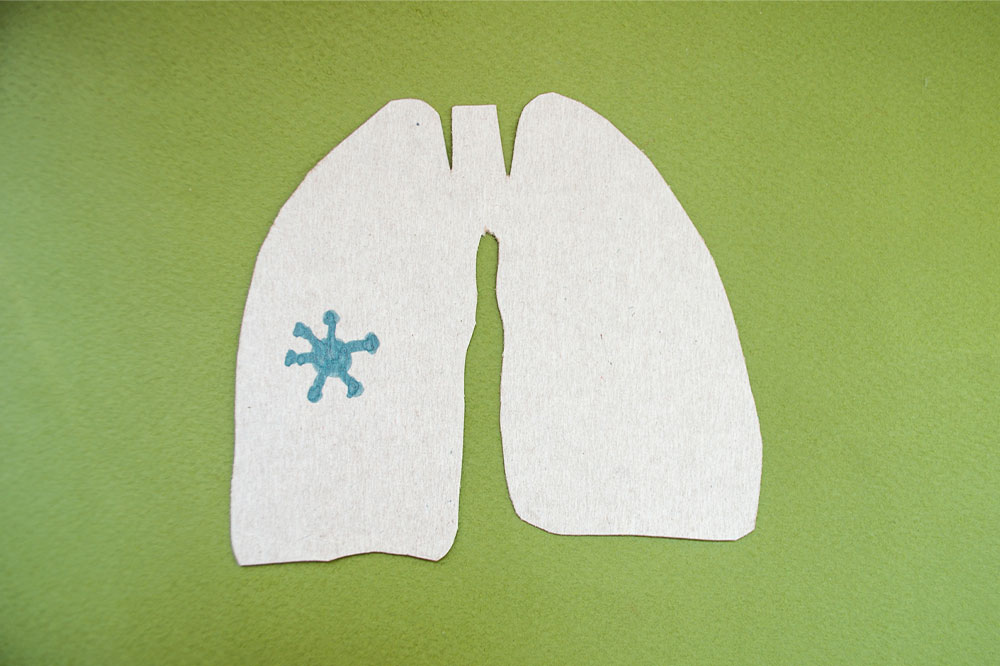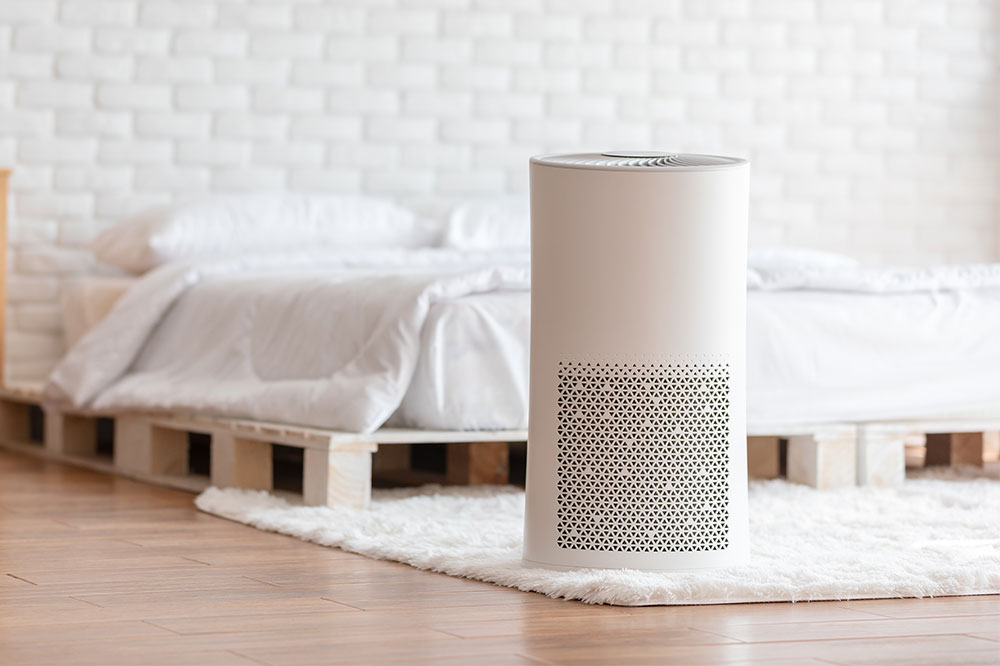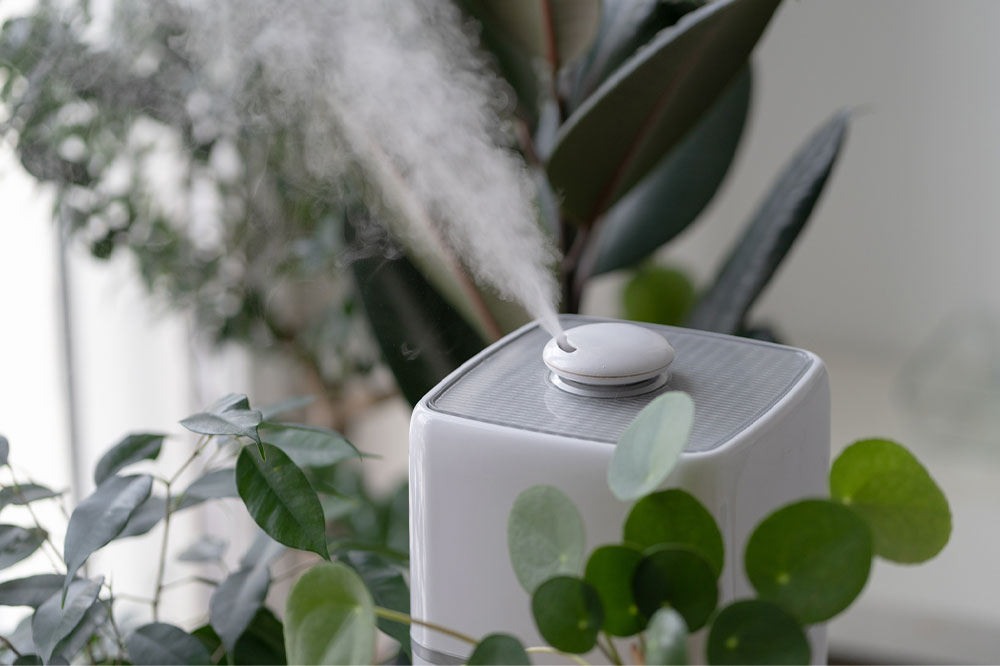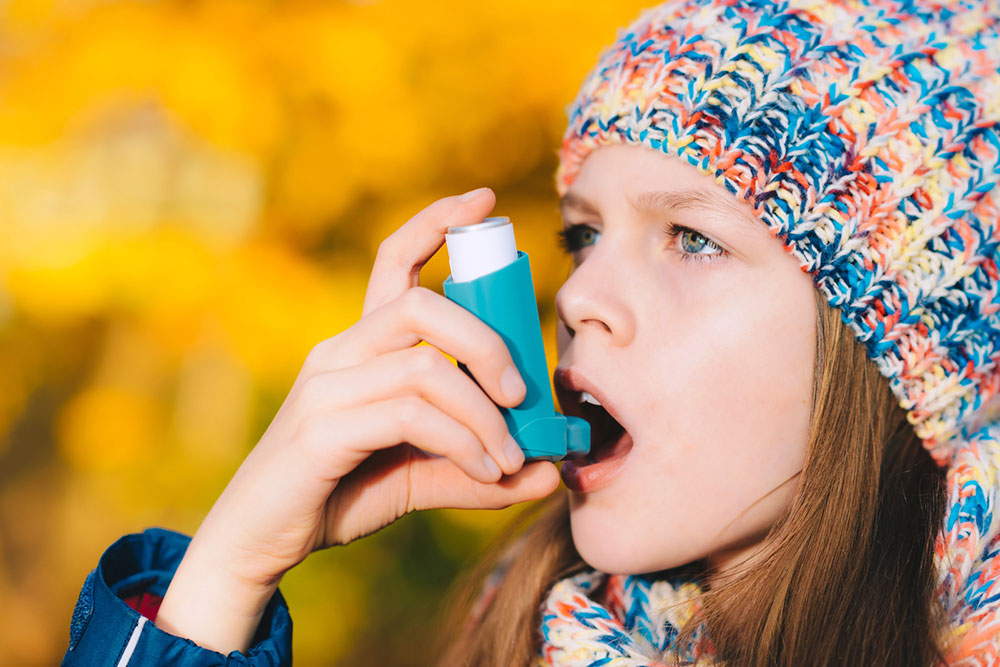Top 5 Household Elements That May Impact Lung Health
This article explores five household factors that can affect lung health, including mold, carpets, flour dust, candles, and HVAC systems. Understanding these risks helps in creating a safer indoor environment, reducing the likelihood of respiratory problems. Regular cleaning and proper maintenance are key to protecting your lungs and ensuring overall respiratory well-being.
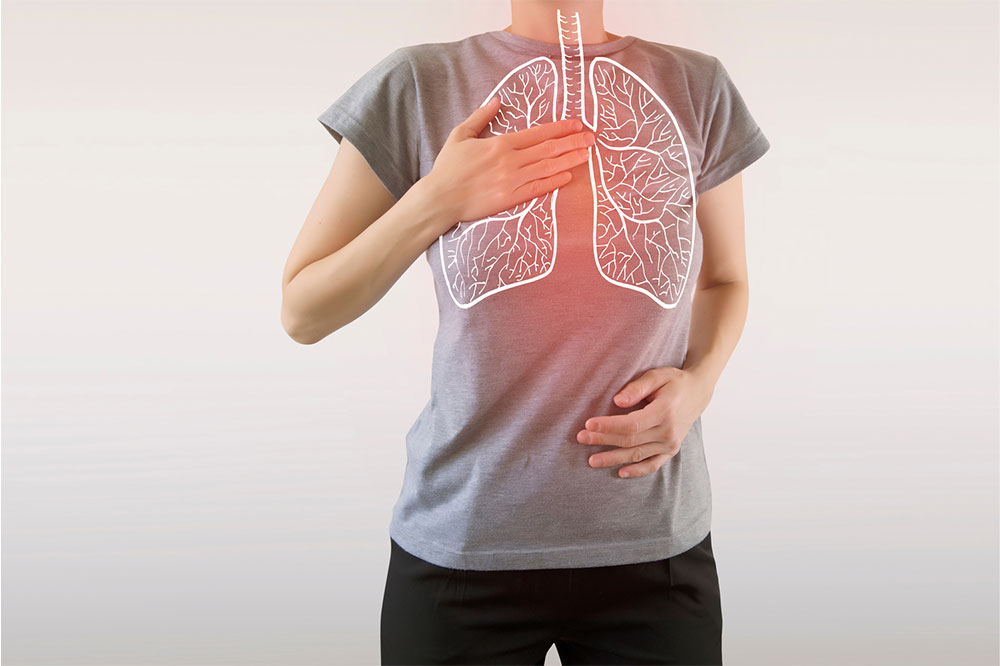
Top 5 Household Elements That May Impact Lung Health
Maintaining healthy lungs is vital for proper oxygen delivery throughout your body. The environment inside your home can influence lung health, sometimes in unexpected ways. This article highlights five common household factors that may pose risks to your respiratory system, potentially leading to health issues. Being aware of these elements can help you create a safer living space.
Mold
Mold thrives on damp surfaces and often develops in homes with leaks. Its spores can cause allergic reactions and exacerbate respiratory conditions like asthma and COPD, especially in sensitive individuals.
Carpet
Carpets contribute warmth and style but can trap dust mites, mold, pet dander, and other allergens. Regular vacuuming and cleaning are essential to prevent these harmful particles from affecting lung health.
Flour Dust
Workplaces like bakeries expose workers and nearby residents to flour dust, which can cause baker's asthma, a breathing condition characterized by difficulty in airflow due to airborne particles.
Candles
Paraffin candles release chemicals when burned, which may trigger allergies and respiratory issues. Opting for soy or beeswax candles can reduce exposure to harmful fumes, especially for those with pre-existing conditions like asthma or allergies.
Humidifiers and HVAC Systems
Poorly maintained air conditioning and heating units can harbor mold and microorganisms that compromise lung health. Regular servicing helps prevent microbial growth and maintains good indoor air quality.

